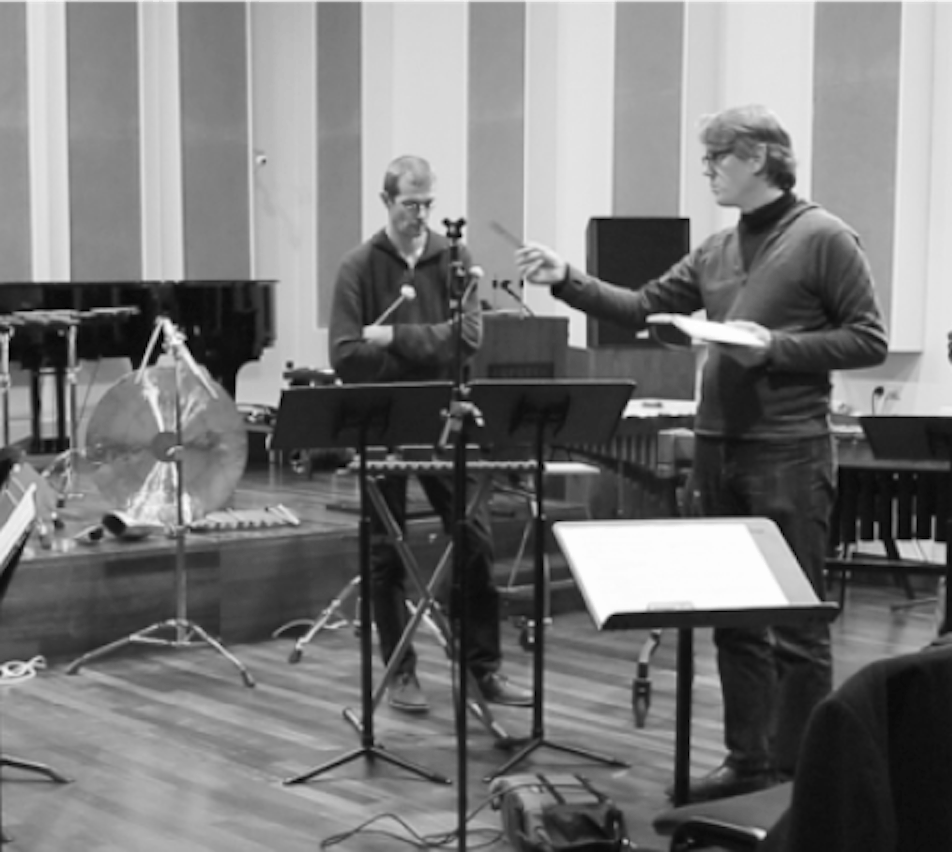

Jed Wentz
| Keywords: | rhythmic freedom, tragédie en musique, transverse flute, baroque gesture, baroque dance, historical acting techniques |
| Duration: | 2005-2010 |
| Period: | 18th century music |
| Musician type: | wind |
| Host institution: | Leiden University |
| Keywords: | rhythmic freedom, tragédie en musique, transverse flute, baroque gesture, baroque dance, historical acting techniques |
| Duration: | 2005-2010 |
| Period: | 18th century music |
| Musician type: | wind |
| Host institution: | Leiden University |
There are a number of sources from the 18th century that indicate that the affective acting style en vogue at the Opéra exerted no small degree of influence on the flow of the musical beat. Rousseau for example remarkably asserts that the performance style of the Paris opera was one in which ‘la Musique n’a point d’autre Mesure que celle du geste’, which, coming on the heels of a remark about ‘le développement des bras du Chanteur’ certainly refers to the gestures used by the singers on stage. Many sources on this subject will be examined in the course of this dissertation. The hypothesis of this dissertation is that in the 17th and 18th centuries the musical timing at the Opéra was determined by the acting techniques, and, most particularly, the gestures, used on stage to a degree that exceeds our expectations today; and that it was the singer’s task to transmit the passions of both music and text to the audience during performance in a manner consistent with a contemporary, pan-European theory of affect that was founded on the bedrock of the Galenist medical tradition.
It is neither rhythmic freedom an sich, nor gesture in and of itself that is the focus of this work, but rather the nature of the relationship between the two. At first glance this relationship might seem very straightforward: the singer-actor made a gesture on stage and the accompanying instruments changed the underlying musical pulse in order to accommodate it. However, a problem arises when the question is considered from a performer’s point of view; nothing that we know about historical, gesture-rich stage techniques would imply that the links between rubato and acting were simply those of distance travelled. That is to say, it was not the mere length, width, breadth or depth of movement that compelled the musical performer to destabilise the pulse. The amplitude of the gestures that were common in this period would not have forced the performer to break the musical time in order to accomplish them, for, except perhaps for some very exceptional cases, even the broadest sweep of the arm could have been timed to fit the unaltered beat of the music. Instead, we read of the music being adjusted to the gesture. Why? This question has been investigated through both traditional academic study and a newer kind of inquiry known as research in and through performance. Such a marriage between divergent methods of scholarship is, indeed, the very cornerstone of the docARTES programme, through which my study has been carried out. This intertwining of academic and performance-based research has resulted in a particular style of writing and presentation for this thesis: the use of the first person, and the inclusion of much experimental video material, for instance, are both the direct result of the place given to performance in the research project, while more conventional scholarly methods are represented in traditionally researched and argued sections like Chapter 3. The following section of this introduction will clarify certain aspects my methodology and its application.
Prof. Frans de Ruiter, prof. dr. Rebecca Harris-Warrick